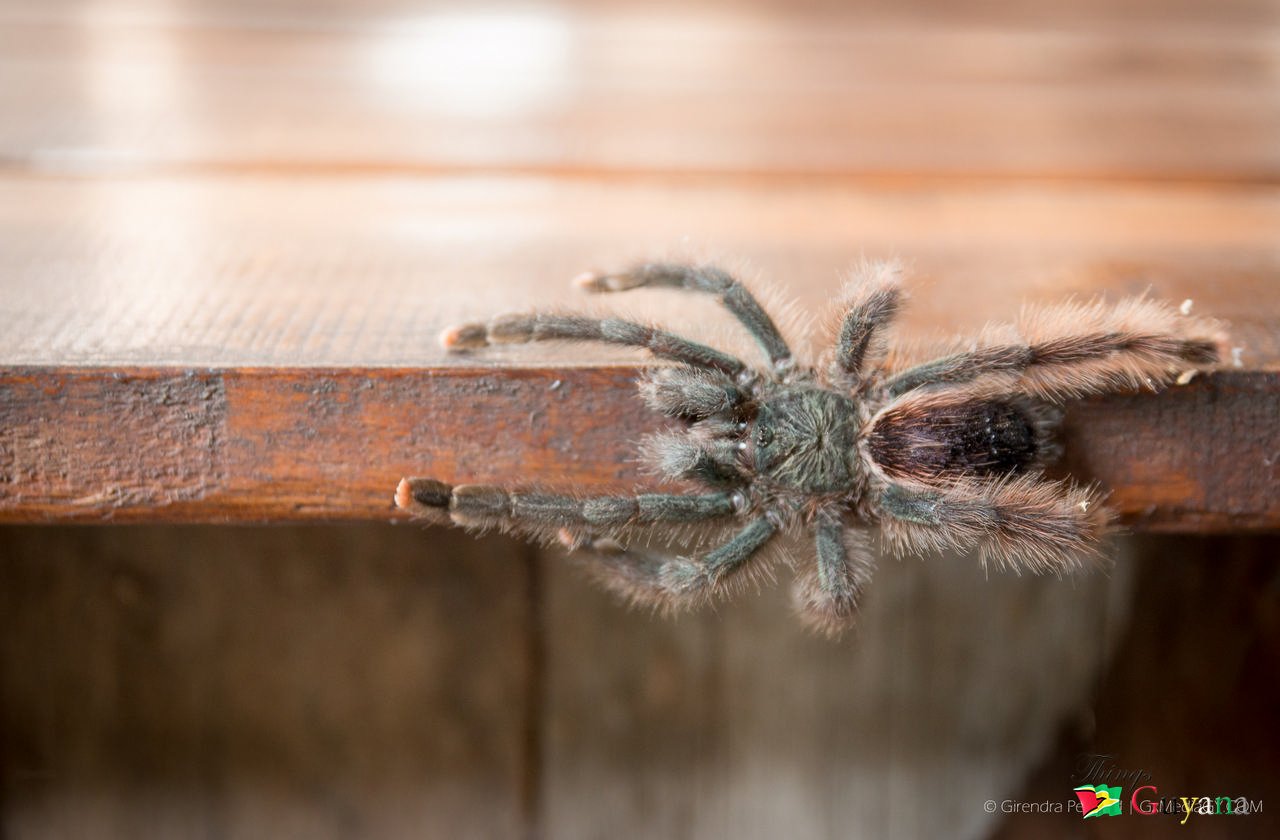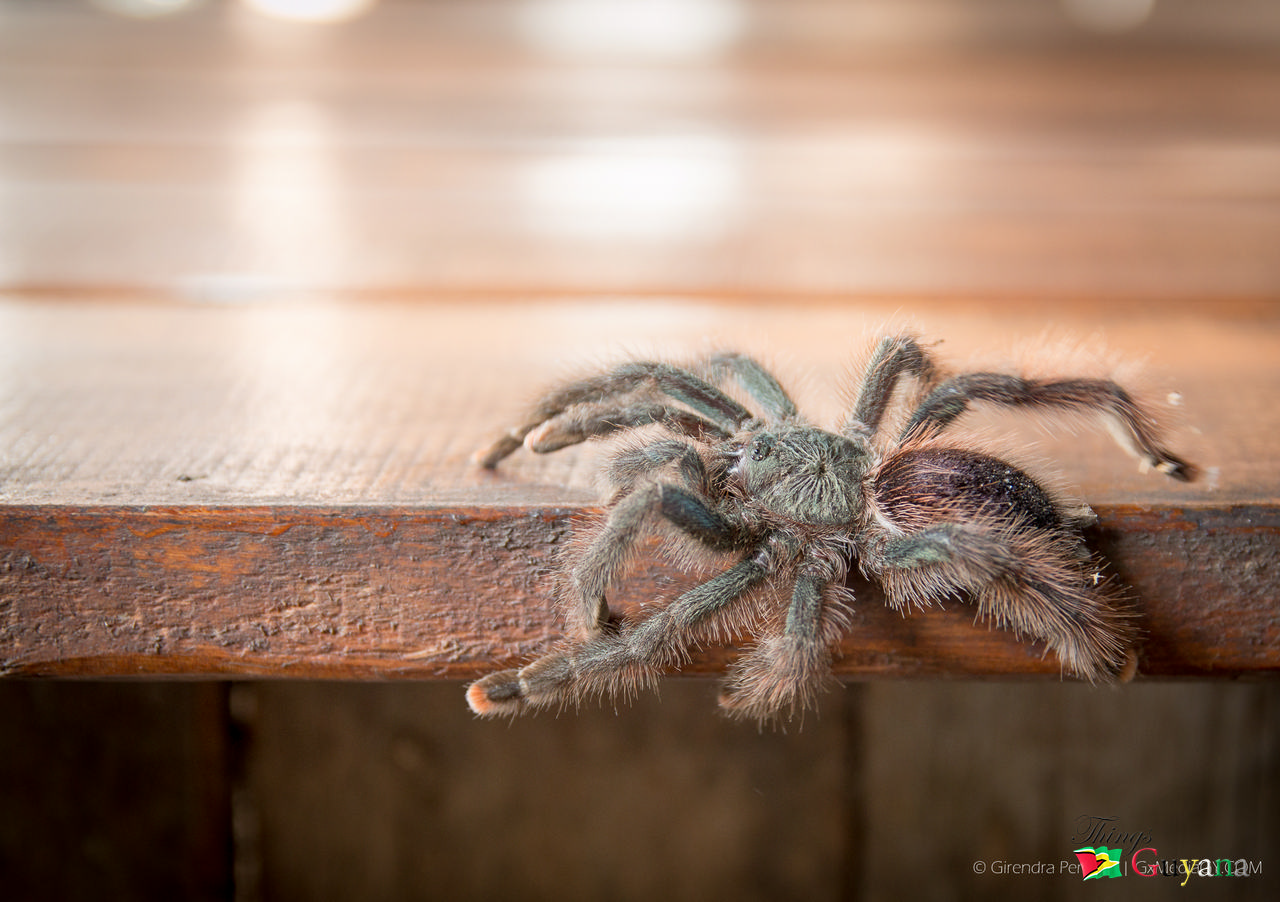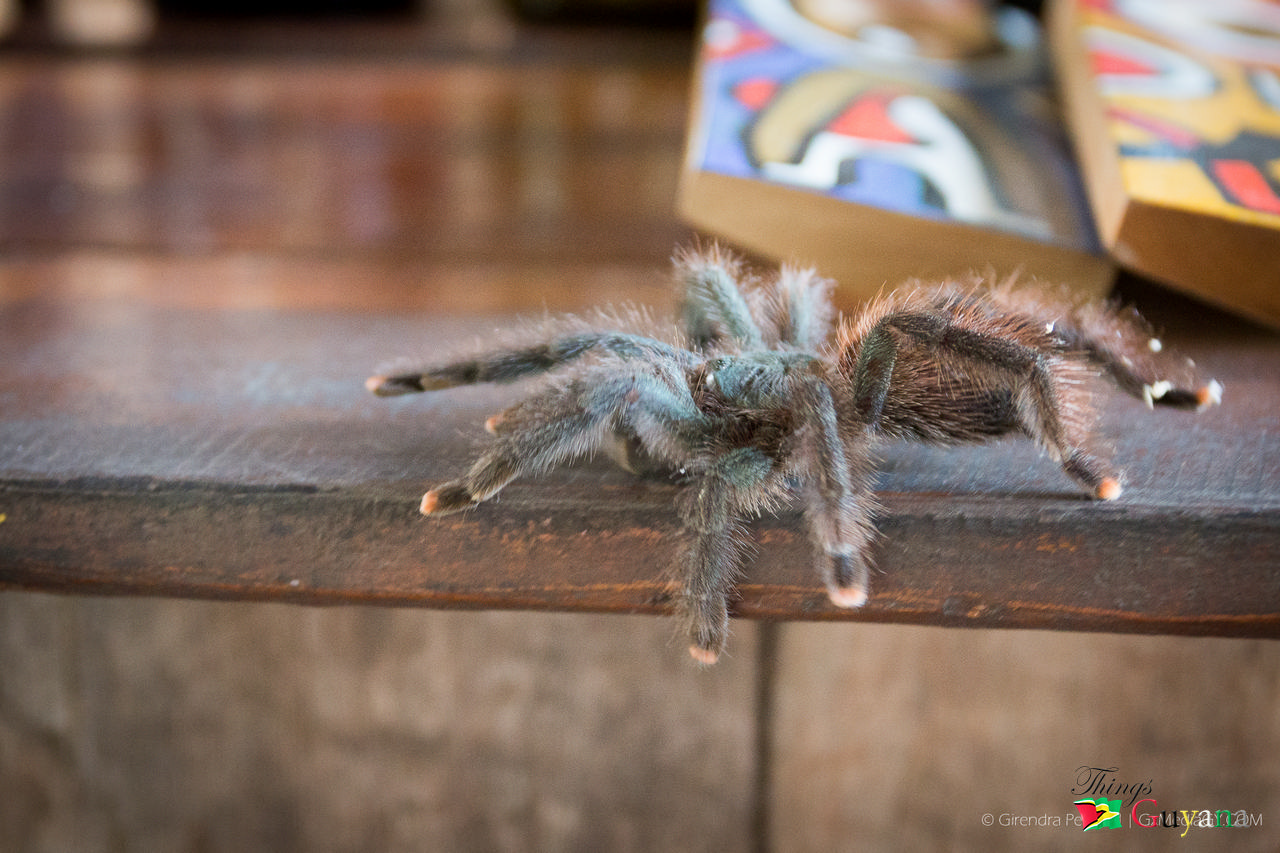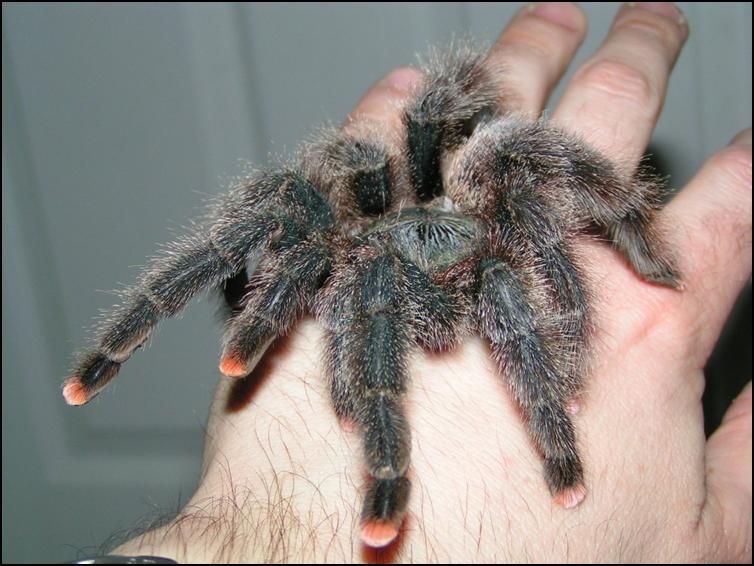Avicularia avicularia, sometimes called the pink toe tarantula, is a species of tarantula native from Costa Rica to Brazil and the southern Caribbean. This species is sometimes called the Guyana pinktoe, common pinktoe, or South American pinktoe.
Pink toe tarantulas are very beautiful in their appearance. Their dark, hairy bodies with black and brown coloring make a great contrast to their pink toes. This makes them very appealing and noticeable in natural environments.
Their name comes from their uniquely characteristic pink toes that are highlighted on their dark body. They are medium sized and known to be very docile and peaceful in captivity, which makes them popular and very beginner friendly species for care. Although docile, they are known to be very quick and agile, so you need to pay some extra attention to them. Let’s take a closer look at species to see what makes them so great and popular.

Habitat Of The Pink Toe Tarantula
The pink-toed tarantula is native to rainforest regions of northern South America, including Venezuela, Northern Brazil, Guyana, French Guiana and Suriname. This species spends its time in trees and other plants throughout the rainforest.
Description Of The Pink Toe Tarantula

The pink toe tarantula is a medium sized tarantula that grows at a moderate rate. They’re known to grow up to 5-6 inches in leg span, with females being slightly larger than males. Their lifespan depends on the gender with females living longer than males as is the case with most tarantulas. Females live up to 10-12 years while males can make it to 5 years.
The overall color of the tarantula is black with some green iridescence on the hard-shell upper body and pink coloring at the end of each leg. The tarantula’s fangs fold under the body, meaning that it must strike downwards to impale its prey.
The Pink Toe Tarantula have four other appendages near the mouth called chelicerae and pedipalps. The chelicerae contain fangs and venom, while the pedipalps are used as feelers and claws; both aid in feeding. The pedipalps are also used by the male as a part of reproduction.
Behavior Of The Pink Toe Tarantula

This unique tarantula species is arboreal and loves to hang around in the trees. They are rarely found on the ground (except for spiderlings and juveniles) and will usually hide in the trees and branches while waiting for food. They will use their webs very efficiently to set up a good hunting territory. Pink toe tarantula is a “sit & wait” predator with limited activity, moving only when necessary. However, it’s still a great predator that’s known to catch and eat smaller birds – so don’t underestimate it.
Diet Of The Pink Toe Tarantula
These tarantulas are active predators, feeding on a variety of invertebrates as well as small vertebrates like mice, frogs and lizards. They hunt at night and rely on their large size to subdue prey.
Reproduction Of The Pink Toe Tarantula
As with most tarantula species, the male Pink-toed Tarantula is thinner and has long, furry legs. He is equipped with hooks on his first pair of legs. These hooks are used to grapple with the female’s fangs during courtship and mating. A female remains bulky and less spindly as she grows.
An adult male should be carefully introduced into the female’s enclosure after he has produced a sperm web. The male can be protected with a piece of cardboard or other tool if he is to be used for further breeding attempts. Once mating occurs, the female should be fed a variety of prey on a more frequent schedule.
The Pink-toed tarantula will breed fairly readily. They lay between 50-200 eggs that hatch in six to eight weeks. The spiderlings are pretty good size and can easily be raised with crickets.
4 Interesting Facts About The Pink Toe Tarantula
- These arthropods lure their victims through a process called ‘stationization’ during which they remain in a stupor until the moment of attacking the prey.
- When nervous or attacked, they jump and spray a small amount of fecal matter and/or hairs as a defense.
- This spider is one of the most docile of the arboreal spider species, thus making a good subject of education, as also a pet, compared to the other tarantulas of its group.
- Because of their colorful toes, they have earned the nickname – the ‘clown of tarantulas’.
NOTE: Pink toed tarantula species are known to be comfortable in social settings. That means you can keep them with other Avicularia species – given the right conditions. This usually means you have to provide them with enough space, lots of plants and hiding places to minimize potential fights and cannibalism
Like most other tarantulas, pink toed are carnivores that will eat insects and other small creatures. They prefer to be fed live-food to satisfy their predatory instinct, so if you can provide them with that, they would be very pleased. They are known to be voracious eaters, so give them enough to suit their needs!
Pink Toe Tarantula
Known as the Guyana Pink Toe Tarantula, these spiders are native to rainforest regions of northern South America, including Venezuela, Northern Brazil, Guyana, French Guiana and Suriname. They are very beautiful in appearance with dark hairy bodies with black and brown coloring that make a great contrast to their pink toes. They are carnivores and they eat roaches, insects, mice etc. Because of their colorful toes, they have earned the nickname – the clown of tarantulas.
Article References:
- https://www.inaturalist.org/taxa/196673-Avicularia-avicularia
- https://allpetsdirectory.com/antilles-pink-toe-tarantula/
- https://nationalzoo.si.edu/animals/pink-toed-tarantula
- https://en.m.wikipedia.org/wiki/Avicularia_avicularia







